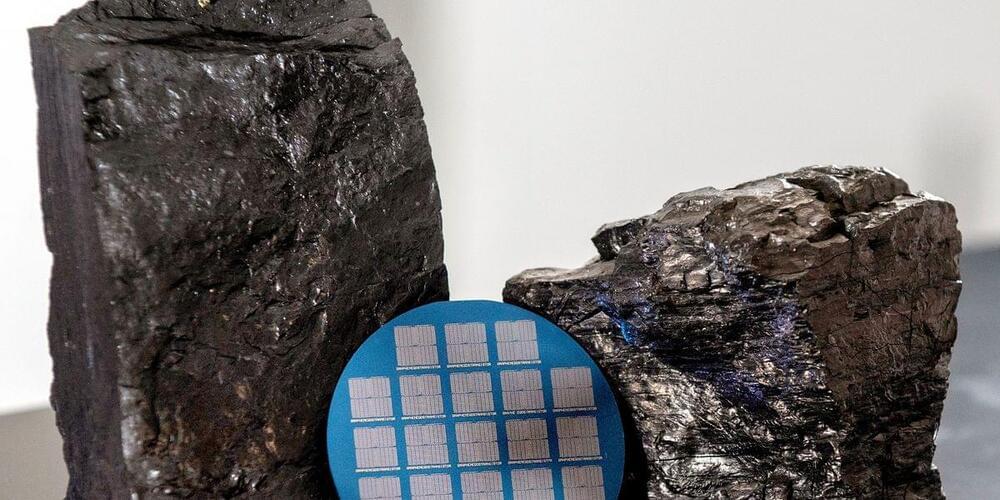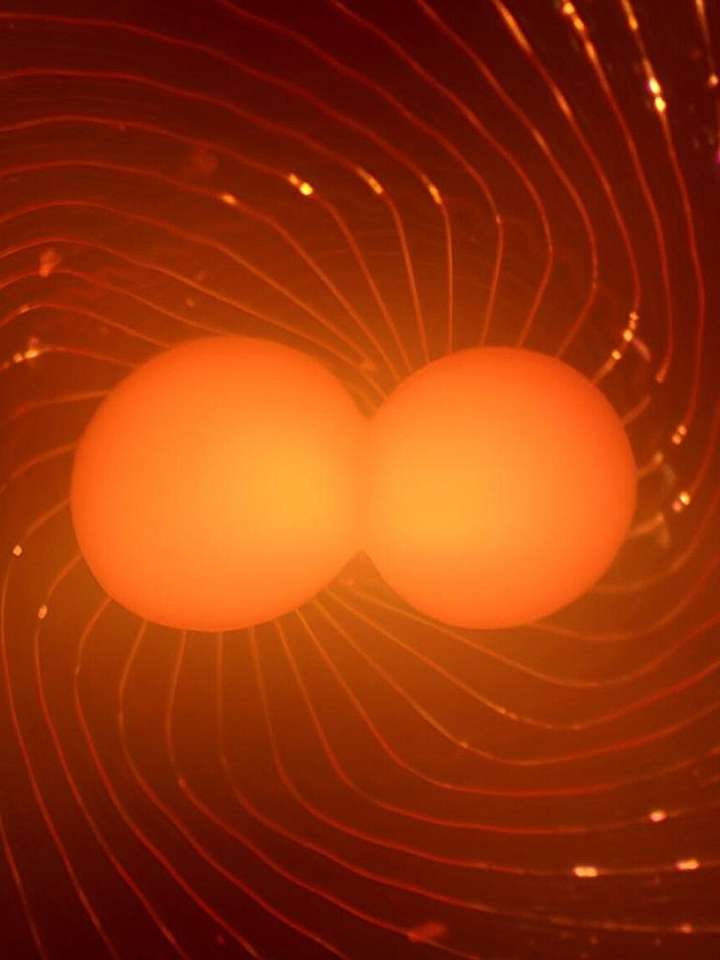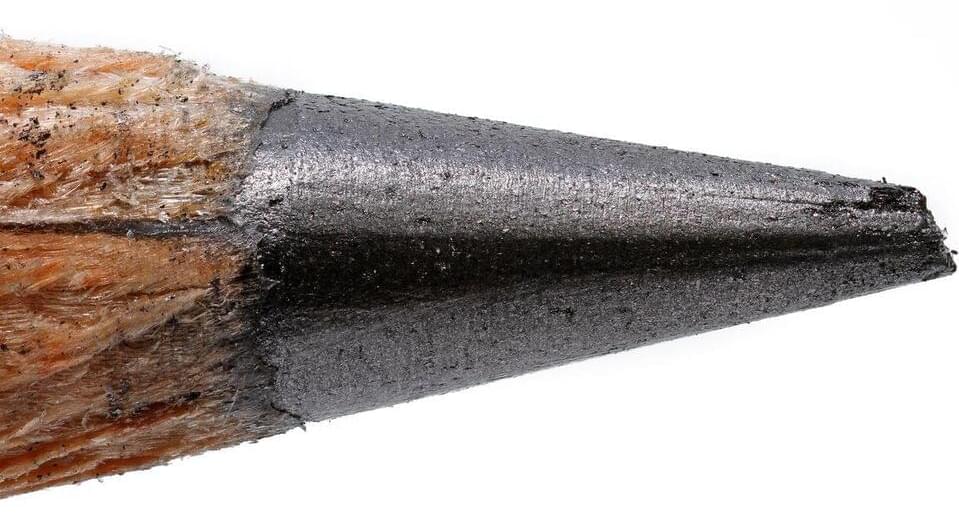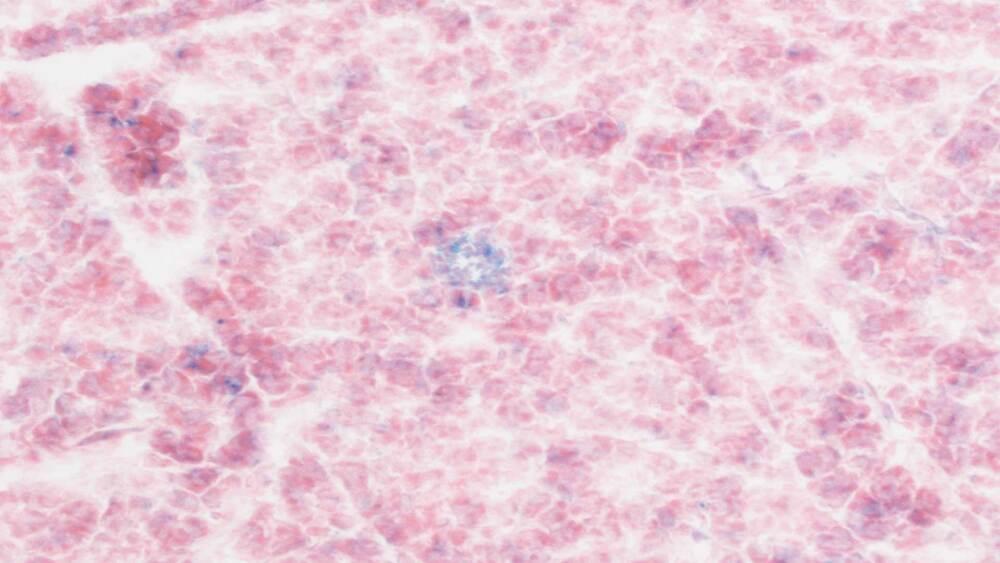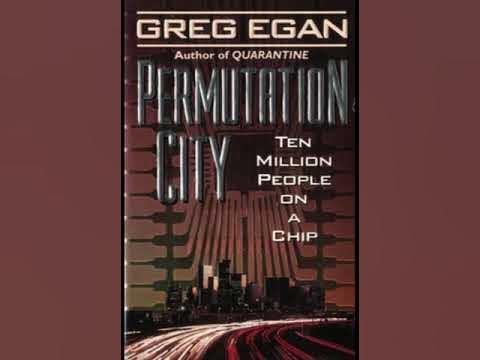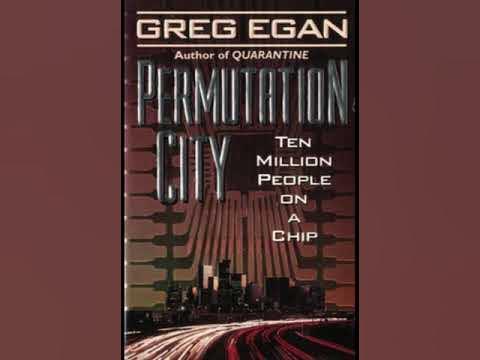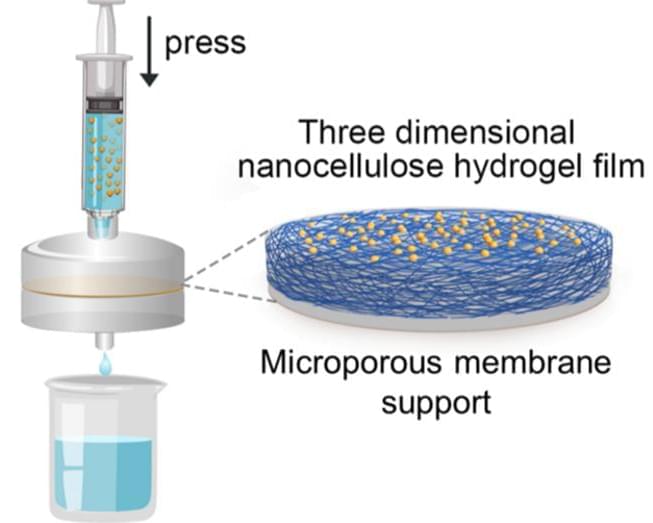A certain fossil fuel works well as a 2D insulating films that could help launch a new era of semiconductors made with 2D materials.
It all started at Peet’s
Posted in futurism
Ten years ago, neuroscientist Sergiu Pasca was just getting his lab up and running. He had not yet published the research for which he would become renowned: a novel technique for growing 3D clusters …
What brought the Ingenuity Mars Helicopter mission to and end and how did the Japanese Moon Snipper land on it’s head?
Outstanding Antioxidant For Your Health: https://shopc60.com/
Use discount code: GreenGregs10 for 10% off.
These statements and products have not been evaluated by the Food and Drug Administration. This product is not intended to diagnose, treat, cure, prevent, or mitigate any disease.
GoldBacks from Green Greg’s affiliate link:
https://www.defythegrid.com/goldbacks/ref/15/
Use coupon code GreenGregs for 1% off
Inspire your kids to love science!
SAVE 20% OFF New Science Kits Using Code: NEWKITSSAVE20 At Steve Spangler Science dot com! Great Educational Products For Kids! SHOP NOW! https://www.pntra.com/t/SENKTExNSUhDR05OSUxJQ0dPRkxGRw
For gardening in your Lunar or Mars habitat GalacticGregs has teamed up with True Leaf Market to bring you a great selection of seed for your planting. Check it out: http://www.pntrac.com/t/TUJGRklGSkJGTU1IS0hCRkpIRk1K
Awesome deals for long term food supplies for those long missions to deep space (or prepping in case your spaceship crashes: See the Special Deals at My Patriot Supply: www.PrepWithGreg.com
For that off-grid asteroid homestead stock up with Lemans before you blast off:
https://www.pntrs.com/t/SENJR0ZOSk9DR05OSUxJQ0dMRkpJSg
“If we give it to aged mice, they rejuvenate. If we give it to young mice, they age slower. No other therapy right now can do this.”
The fountain of youth has eluded explorers for ages. It turns out the magic anti-aging elixir might have been inside us all along.
Cold Spring Harbor Laboratory (CSHL) Assistant Professor Corina Amor Vegas and colleagues have discovered that T cells can be reprogrammed to fight aging, so to speak. Given the right set of genetic modifications, these white blood cells can attack another group of cells known as senescent cells. These cells are thought to be responsible for many of the diseases we grapple with later in life.
Senescent cells are those that stop replicating. As we age, they build up in our bodies, resulting in harmful inflammation. While several drugs currently exist that can eliminate these cells, many must be taken repeatedly over time.
“Permutation City” by Greg Egan explores the nature of reality, consciousness, and existence. Set in a future where people can upload their consciousness into virtual realities, known as “Autoverse.” A software engineer, René Barjavel, becomes embroiled in a complex and mind-bending exploration of identity and the nature of existence as he grapples with the implications of living in a world where reality itself may be a simulation.
https://youtube.com/watch?v=vUIqJun885s&si=J6YXf6xBwsnGDAes
“Permutation City” by Greg Egan explores the nature of reality, consciousness, and existence. Set in a future where people can upload their consciousness int…
The Framework Laptop 16 is the most customizable laptop we’ve ever seen, with tons of input and port options, and the promise of upgradable graphics. It has a bright screen and solid battery life, but it’s expensive, and you could get something with more performance for the price.
Framework introduces replaceable graphics for the first time, along with customizable keyboards and other accessories.
How can clean drinking water be produced in the simplest most cost-effective way possible? This is what a recent study published in Nature Sustainability hopes to find out as an international team of researchers led by The University of Texas at Austin (UT Austin) have developed a novel method for producing clean drinking water using only a syringe and a hydrogel filter. This study holds the potential to develop cheaper and simpler methods for producing clean drinking water for individuals around the world.
“The pressing concern of particle-polluted water, particularly in remote and underdeveloped regions where people frequently rely on contaminated water sources for consumption, demands immediate attention and recognition,” said Dr. Guihua Yu, who is a professor of materials science in the Walker Department of Mechanical Engineering at UT Austin and a co-author on the study. “Our system, with its high efficiency in removing diverse types of particles, offers an attractive yet practical solution in improving freshwater availability.”
For the study, the researchers developed their water purification system that incorporates a biodegradable hydrogel filter capable of removing particles as small as approximately 10 nanometers (0.0000003937 inches) from water that is injected into the hydrogel using a syringe. Once injected, the water passes through the hydrogel and into any drinking or storage water apparatus. Along with filtering out particles at 10 nanometers, the researchers also noted the filter efficiency rate is 100 percent, both of which surpass commercially available filters. For context, the researchers note that commercial filter efficiency rates for particles larger than 10 nanometers are approximately 40 percent and 80 percent, respectively. Additionally, the device can be scaled at various sizes and is reusable, resulting in both reduced cost and environmental impact.
Lumiere, on its part, addresses this gap by using a Space-Time U-Net architecture that generates the entire temporal duration of the video at once, through a single pass in the model, leading to more realistic and coherent motion.
“By deploying both spatial and (importantly) temporal down-and up-sampling and leveraging a pre-trained text-to-image diffusion model, our model learns to directly generate a full-frame-rate, low-resolution video by processing it in multiple space-time scales,” the researchers noted in the paper.
The video model was trained on a dataset of 30 million videos, along with their text captions, and is capable of generating 80 frames at 16 fps. The source of this data, however, remains unclear at this stage.
